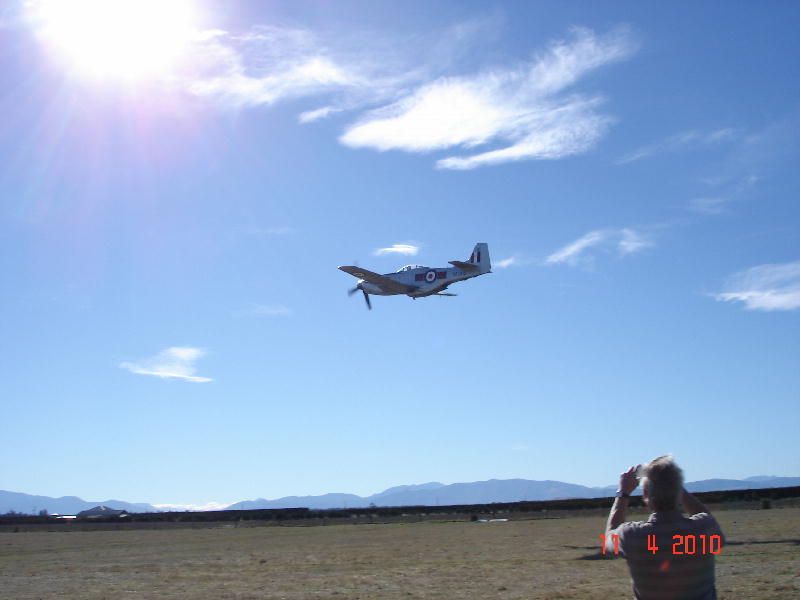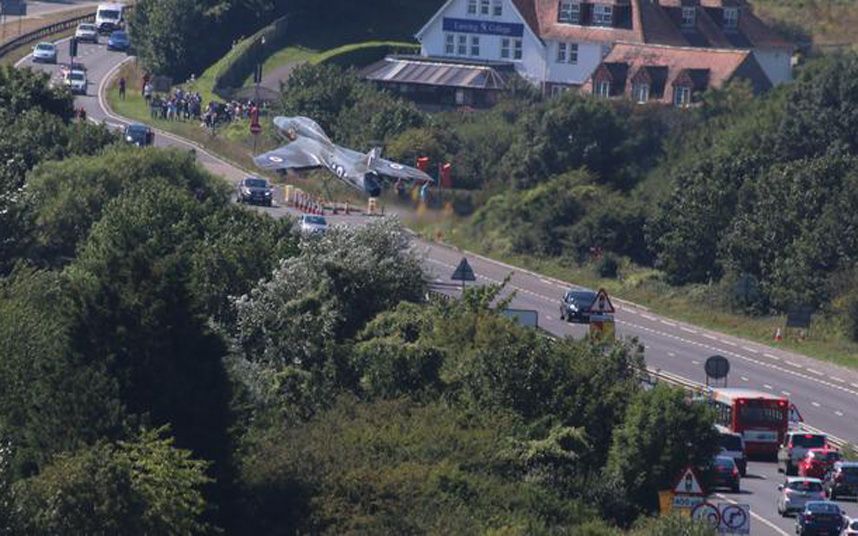Rather than rely on information from the media I find it is prudent to seek out source documents. So, from the CAA website, I understand the situation is as follows:
Hawker Hunter aircraft are temporarily grounded – presumably as there is the possibility of a technical failure
Vintage jets are temporarily limited to fly pasts at air displays over land – note this is for air displays only, there is nothing to stop a vintage jet doing aerobatics during a private flight
There are ongoing reviews and risk assessments for air displays
During lunch today I also read the CAA guidance for display pilots:
**LINK**
which, while generic, contains a lot of commonsense statements. It makes a valid point about aircraft being operated near their limits and the importance of energy management. I am not a display pilot, but I have some small insight into energy management from my competition flying in gliders. In times past the end of task was usually a line across the airfield which had to be crossed to register a finish. So of course it became normal to cross at near to Vne and as low as the pilot dared. However, the sensible pilots thought about everything in advance. The finish line is not always aligned with the runways. There are potentially a lot of other gliders around and on the ground, so your intended landing area may not be available. And if you mis-manage the energy you may end up significantly lower after pulling up than planned, which can really limit the options. You may also be going downwind across the finish line which can give a false impression of speed. If you pull too hard during the pull up you are wasting energy as the drag inceases with increasing 'g' loading. I'm sure you get the picture, it is not as simple as it looks, requires planning, and can lead to some pretty close calls if one gets it wrong.
Energy management is even more important when flying larger vintage aircraft that, compared to many modern aircraft, are often relatively underpowered.
Andrew
 Martin Connelly.
Martin Connelly.





